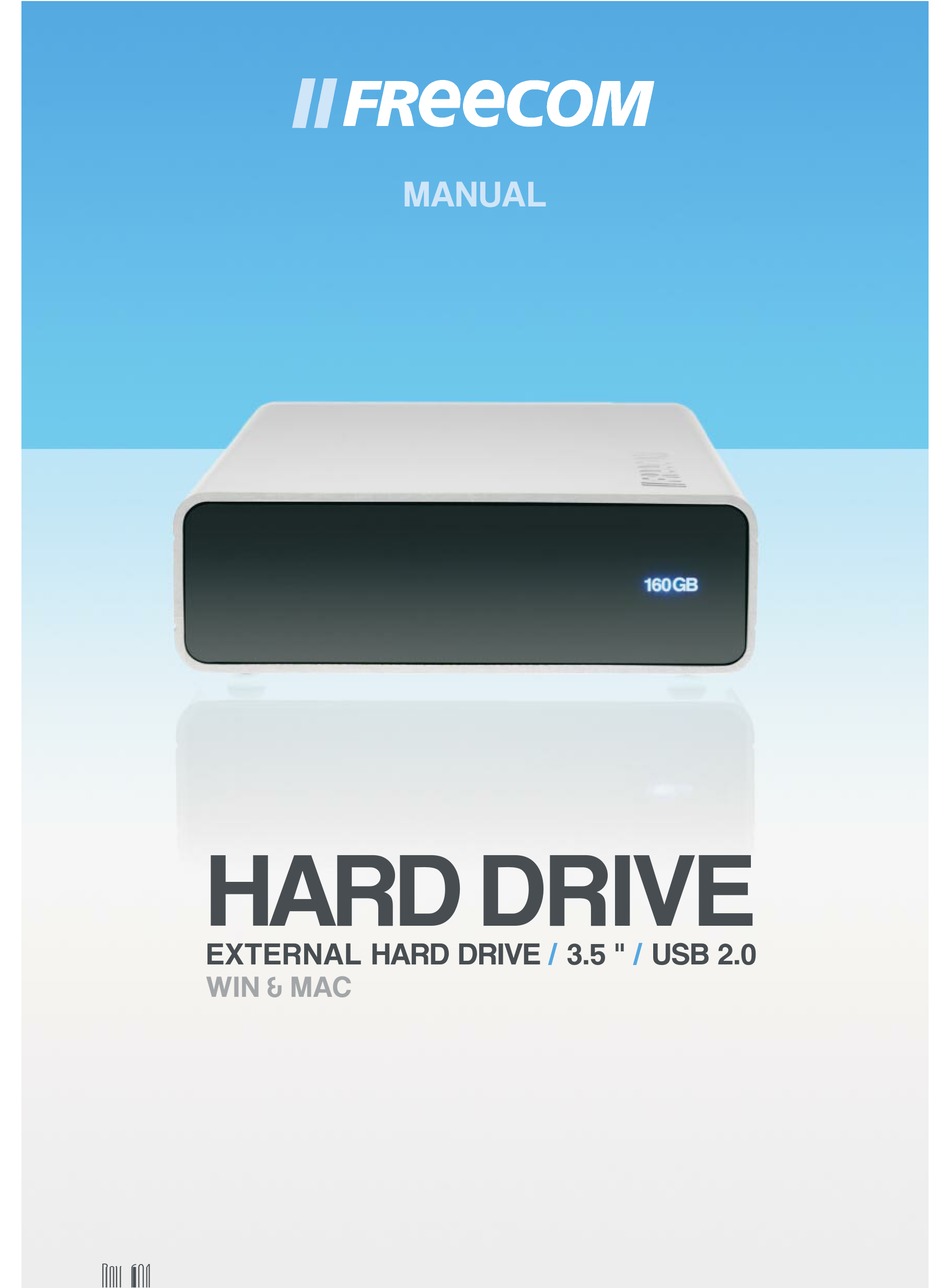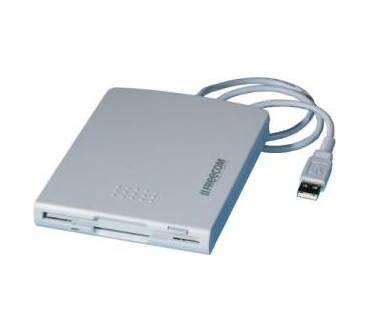
Accounting for the encoding overhead, the raw data throughput is 4 Gbit/s, and the specification considers it reasonable to achieve 3.2 Gbit/s (400 MB/s) or more in practice. The "SuperSpeed" bus provides for a transfer mode at a nominal rate of 5.0 Gbit/s, in addition to the three existing transfer modes. The use of unicast and the limited amount of multicast packets, combined with asynchronous notifications, enables links that are not actively passing packets to be put into reduced power states, which allows better power management. When the device is ready, sends an Endpoint Ready (ERDY) to the host which then reschedules the transaction. If there is lack of buffer space or data, it responds with a Not Ready (NRDY) signal to tell the host that it is not able to process the request. If the endpoint is halted, the device responds with a STALL handshake. The device either accepts the request or rejects it if accepted, the device sends data or accepts data from the host. The SuperSpeed transaction is initiated by a host request, followed by a response from the device. The structural topology is the same, consisting of a tiered star topology with a root hub at level 0 and hubs at lower levels to provide bus connectivity to devices.ĭata transfer and synchronization

In USB 3.0, dual-bus architecture is used to allow both USB 2.0 (Full Speed, Low Speed, or High Speed) and USB 3.0 (SuperSpeed) operations to take place simultaneously, thus providing backward compatibility. The plastic insert is in the USB 3.0 standard blue color known as Pantone 300C. Architecture and features įront view of a Standard-A USB 3.0 connector, showing its front row of four pins for the USB 1.x/2.0 backward compatibility, and a second row of five pins for the new USB 3.0 connectivity. This gives USB 3.0 a potential total bidirectional bandwidth twenty times greater than USB 2.0.
#Freecom Usb Drivers full#
USB 3.0 has transmission speeds of up to 5 Gbit/s, about ten times faster than USB 2.0 (0.48 Gbit/s) even without considering that USB 3.0 is full duplex whereas USB 2.0 is half duplex.


The USB 3.0 specification is similar to USB 2.0, but with many improvements and an alternative implementation. It preserves existing USB 3.1 SuperSpeed and SuperSpeed+ data modes and introduces two new SuperSpeed+ transfer modes over the USB-C connector using two-lane operation, with data rates of 10 and 20 Gbit/s (12 MB/s). USB 3.2, released in September 2017, replaces the USB 3.1 standard. USB 3.1 preserves the existing SuperSpeed transfer rate, giving it the new label USB 3.1 Gen 1, while defining a new SuperSpeed+ transfer mode, called USB 3.1 Gen 2 which can transfer data at up to 10 Gbit/s over the existing USB3-type-A and USB-C connectors (1250 MB/s, twice the rate of USB 3.0). USB 3.1, released in July 2013, is the successor standard that replaces the USB 3.0 standard. It is recommended that manufacturers distinguish USB 3.0 connectors from their USB 2.0 counterparts by using blue color for the Standard-A receptacles and plugs, and by the initials SS. Among other improvements, USB 3.0 adds the new transfer rate referred to as SuperSpeed USB (SS) that can transfer data at up to 5 Gbit/s (625 MB/s), which is about 10 times faster than the Hi-Speed (maximum for USB 2.0 standard).
#Freecom Usb Drivers serial#
USB 3.0 is the third major version of the Universal Serial Bus (USB) standard for interfacing computers and electronic devices. USB 3.0 Promoter Group ( Hewlett-Packard, Intel, Microsoft, NEC, ST-Ericsson, and Texas Instruments) ġ2 mm (A plug), 8 mm (B plug), 12.2 mm (Micro-A & Micro-B plugs)Ĥ.5 mm (A plug), 10.44 mm (B plug), 1.8 mm (Micro-A & Micro-B plugs)


 0 kommentar(er)
0 kommentar(er)
